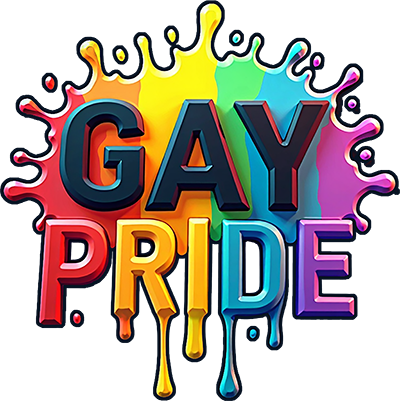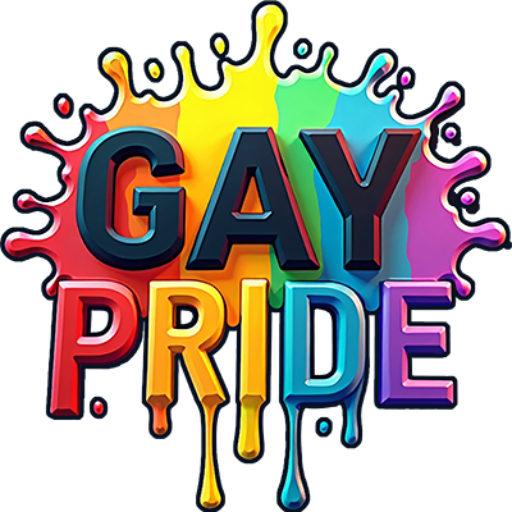Understanding Gender Identity: Beyond Binary Concepts
In our evolving world, understanding gender identity has become an essential part of embracing diversity and inclusivity. While traditional views often revolve around a binary concept of gender—male and female—there’s a rich spectrum that goes beyond these constraints. Join us as we delve into the complexities of gender identity, discover non-binary concepts, and explore how we can all foster a more inclusive society.
Table of Contents
1. Introduction to Gender Identity
2. The Binary Gender System
3. Non-Binary and Gender Fluidity
4. The Importance of Pronouns
5. How to Support Non-Binary Individuals
6. Conclusion
7. FAQ
Introduction to Gender Identity 🌈
Gender identity is a deeply personal understanding of oneself as it relates to gender. It’s an internal sense that might or might not align with the sex assigned at birth. While some might find comfort in traditional gender roles, others might not fit neatly into these categories. Embracing this diversity is vital for creating a world where everyone feels seen and respected.
The Binary Gender System 🔄
The binary gender system classifies individuals strictly as male or female based on physical attributes. Historically, this system has been deeply rooted in societal norms and legal frameworks. However, it fails to recognize the personal and unique experiences of those who don’t identify within these confines.
While some individuals may comfortably identify with the binary system, it’s essential to understand that this view is not universal. Limiting gender to two categories can inadvertently exclude and marginalize those who don’t fit into these traditional roles.
Non-Binary and Gender Fluidity 🌊
Non-binary is an umbrella term for gender identities that don’t fit within the traditional understanding of male or female. People identifying as non-binary might experience a blend of both genders, neither, or fluctuate between different gender identities, leading to the term “gender fluid.”
Recognizing non-binary identities is a significant step towards inclusivity. Language—like the use of they/them pronouns—plays a crucial role in validating these identities. It’s vital to respect individuals’ chosen pronouns and names, as this not only affirms their identity but also shows respect and acknowledgment of their existence.
The Importance of Pronouns 🗣️
Pronouns are more than just words—they’re an affirmation of someone’s identity. Using correct pronouns is a simple yet powerful way to show respect and support. For many, hearing their chosen pronouns can be a validating experience that enhances their sense of belonging and acceptance.
It’s okay to make mistakes; what matters is the willingness to learn and adapt. When unsure, politely ask for someone’s pronouns or listen to how they refer to themselves. This small act of mindfulness can make a significant difference in someone’s life.
How to Support Non-Binary Individuals 🤝
Support begins with listening and learning. Here are a few ways you can support non-binary individuals in your community:
Educate Yourself: Seek out resources and stories from non-binary individuals to better understand their experiences.
Use Inclusive Language: Incorporate gender-neutral language in everyday conversations.
Challenge Stereotypes: Confront and question outdated gender norms in your community.
Create Safe Spaces: Foster environments where individuals feel free to express their true selves without judgment.
Conclusion 🎯
Understanding gender identity beyond binary concepts is a journey of learning, empathy, and respect. By embracing all gender identities, we contribute to a more inclusive and compassionate world. Remember, every small step towards acceptance can lead to significant change. Let’s continue to learn, support, and celebrate the beautiful diversity of human identity.
FAQ 🙋♂️
What does non-binary mean?
Non-binary is a term that encompasses gender identities that don’t fit within the traditional categories of male or female. It includes a spectrum of identities beyond the binary system.
How can I ask someone about their pronouns?
You can politely ask, “What pronouns do you use?” or share your own pronouns first as an invitation for them to share theirs.
Why is it important to use correct pronouns?
Using correct pronouns is a way to respect and affirm someone’s identity. It shows acknowledgment and support, which can positively impact their well-being.
What should I do if I make a mistake with someone’s pronouns?
If you make a mistake, correct yourself, apologize briefly, and move on. It’s important to acknowledge the error but not to overemphasize it, which can make the individual feel uncomfortable.
How can workplaces become more inclusive of non-binary individuals?
Workplaces can adopt inclusive policies, provide diversity training, use gender-neutral language in documents, and create an environment where everyone feels safe and respected.

